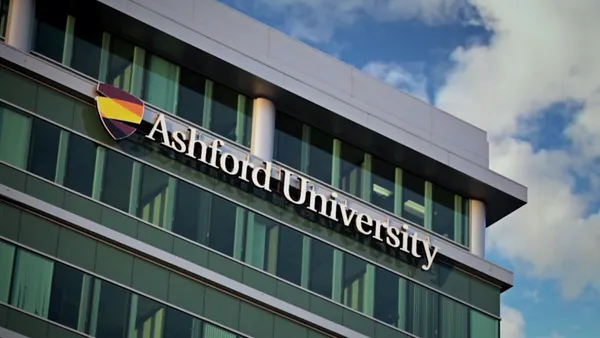In 2012, the U.S. Senate Committee on Health, Education, Labor and Pensions produced a scathing review of for-profit colleges and universities, spotlighting a culture of bringing in millions while students paying for education with federal loans were failing to get jobs or even complete degrees.
That report would bring about increased scrutiny of some of the nation's largest institutions attracting millions of students, and the business model has officially imploded according to some observers. The U.S. Department of Education this month stripped the country's largest for-profit accreditor of monitoring and authorization power over the disbursement of federal financial aid to its member schools.
In just four years, an important segment of the higher education industry has collapsed. And the story can be illustrated in three infographics produced by outlets covering the crisis every step of the way.
1. In March 2014, Gabriella Bishop, then a high school senior at Catlin Gabel Day School in Portland, OR, wrote about the growing impact of for-profit institutions on the college choices of low-income students nationwide. "Even worse, the students don’t even understand the institutions that are preying on them," she wrote. "According to a 2014 study by Public Agenda, 65 percent of current for-profit college students don’t know what a for-profit institution is, along with 63 percent of for-profit college alumni."
2. In October 2014, six months prior to the closure of Corinthian Colleges, the Boston Globe profiled students who said they were defrauded by for-profit institutions. In the areas of job placements and earnings they were all but assured by marketing and recruiters.
3. Last April, Inside Higher Ed profiled a view of degree completion in the humanities based upon institutional profiles, which, while showing progress in the for-profit sector, were still dramatically below historic data delivered by two- and four-year institutions.













